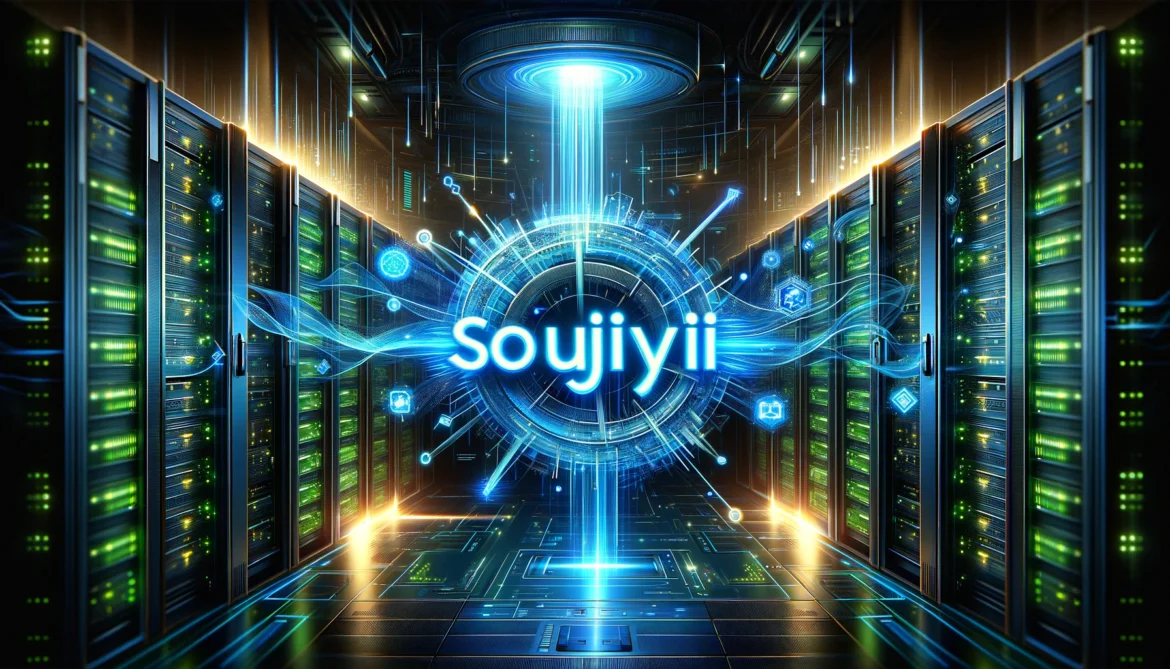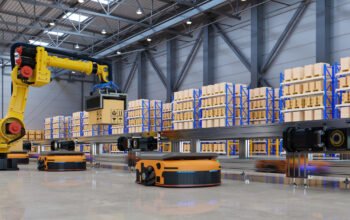
In today’s rapidly evolving world, new concepts, trends, and terminologies frequently emerge, capturing attention across various industries. One such term that has recently surfaced is “Soujiyi.” While it may sound unfamiliar to many, Soujiyi has quickly become a point of interest for a growing number of individuals curious about its meaning, significance, and potential applications.
In this article, we will explore Soujiyi in-depth, uncovering its origins, its role in the modern context, and how it fits into various sectors. From understanding what Soujiyi represents to examining its broader influence, this comprehensive guide will answer all your questions. By the end of the article, you’ll have a clear understanding of this intriguing topic.
What is Soujiyi?
At its core, Soujiyi refers to a concept that blends innovation with tradition, often rooted in cultural or technological advancements. The exact meaning of the term can vary depending on its usage in specific fields, but it consistently reflects a synthesis of old and new ideas. In some contexts, Soujiyi is associated with creative processes, technological breakthroughs, or even social movements that aim to bring about significant change.
Many users have been introduced to Soujiyi through online platforms, where it is frequently discussed in relation to topics such as digital transformation, cultural preservation, or new methodologies in learning. However, Soujiyi goes beyond being just a buzzword—it embodies a vision of progress that respects history while embracing the future.
The Origins of Soujiyi
The origins of Soujiyi can be traced back to various ancient practices that involved merging traditional knowledge with contemporary techniques. This idea of preserving the essence of time-honored practices while applying modern tools has evolved over centuries.
In ancient times, artisans and scholars often practiced something akin to Soujiyi, where the objective was to innovate while respecting the roots of a culture or craft. This approach allowed for the creation of artifacts, art, and ideas that were both timeless and relevant to the current era.
In the modern digital age, Soujiyi has found a new platform through the internet and social media. People are more connected than ever, which enables a global exchange of ideas, making it easier to integrate elements of traditional wisdom with cutting-edge technologies. This has fostered an environment where Soujiyi thrives, pushing boundaries in various fields like design, business, education, and personal development.
Soujiyi in Different Sectors

1. Soujiyi in Technology: In the realm of technology, Soujiyi stands for innovation that respects legacy systems while introducing newer, more efficient solutions. This may involve the integration of AI (Artificial Intelligence) with traditional software systems to create smarter and more adaptive applications. Soujiyi’s influence can be seen in hybrid systems that merge old-school coding practices with advanced machine learning algorithms.
One of the most common applications of Soujiyi in tech is in sustainable innovation—designing solutions that respect ecological systems while utilizing modern digital tools. Companies in the tech industry often take a Soujiyi approach to product development, ensuring that they maintain ethical practices rooted in sustainability while pushing forward with advanced technological designs.
2. Soujiyi in Education: In the education sector, Soujiyi manifests in blended learning approaches that combine conventional classroom instruction with digital tools like online platforms, virtual learning environments, and interactive e-learning modules. This allows educators to offer a balanced experience, drawing on the strengths of both traditional teaching methods and modern educational technologies.
Soujiyi-based approaches also encourage lifelong learning. By respecting the knowledge of the past while engaging with modern-day innovations, learners can gain a more well-rounded education that prepares them for an ever-changing world.
3. Soujiyi in Business and Startups: Many businesses have adopted Soujiyi methodologies to maintain a balance between preserving corporate traditions and embracing new-age operational models. Startups, in particular, leverage Soujiyi to create companies that respect tried-and-tested business principles while incorporating innovative business practices like remote work, agile management systems, and artificial intelligence-based decision-making.
Businesses embracing Soujiyi often prioritize sustainable growth, meaning they look for ways to develop long-lasting business models that honor their original values and ethics while remaining competitive in a modern market. The ability to pivot between tradition and innovation is key to business success today, and Soujiyi provides the framework for achieving this.
4. Soujiyi in Culture and Arts: In the world of culture and arts, Soujiyi is seen as a way of integrating modern creativity with traditional techniques. Whether in fashion design, visual arts, or even music, creators today are increasingly blending modern technology with centuries-old artistic traditions. The result is a harmonious mix that appeals to both traditionalists and modernists alike.
For example, many fashion designers now look to sustainable fashion practices inspired by traditional textile techniques but enhanced with eco-friendly and high-tech materials. This type of Soujiyi-based design is celebrated for its uniqueness and relevance to modern environmental consciousness.
Why is Soujiyi Important?
Soujiyi is important because it represents a way to move forward while still honoring the past. In a world where rapid innovation is often prioritized over preservation, Soujiyi offers a balanced path. It advocates that we don’t have to abandon older methods in favor of new ones; instead, we can combine the best of both worlds to create something even more valuable.
Key Takeaways:
- Soujiyi promotes innovation through the integration of traditional practices and modern advancements.
- It is applicable across various sectors such as technology, education, business, and culture.
- By embracing Soujiyi, organizations and individuals can achieve sustainable progress without losing sight of their roots.
How Can You Incorporate Soujiyi into Your Life?
Incorporating Soujiyi into your personal or professional life doesn’t require a massive overhaul of your current practices. Here are a few practical steps:
- Embrace Lifelong Learning: Stay curious and open to learning new things while also respecting the knowledge and skills you already possess. Soujiyi encourages blending old and new ideas to create a richer experience.
- Balance Tradition with Innovation: Whether in your career, your hobbies, or your personal life, find ways to merge traditional methods with modern tools. For example, if you’re a writer, consider blending handwritten drafts with digital editing tools.
- Sustainability: Focus on long-term growth and ethical practices. Soujiyi promotes solutions that are not only innovative but also sustainable.
- Cultural Appreciation: Don’t be afraid to draw inspiration from history, culture, or even ancestral traditions while working on modern projects. This can help you connect with a broader audience and add depth to your work.
Conclusion
Soujiyi offers a holistic approach to progress, blending the best of the old and the new to create meaningful, sustainable innovations. Whether you’re in business, technology, education, or the arts, Soujiyi provides a framework that encourages innovation without losing sight of tradition. Its relevance in today’s fast-paced world is more apparent than ever, providing a thoughtful way to move forward without forgetting the lessons of the past.
By adopting a Soujiyi mindset, you can ensure that your personal, professional, or creative endeavors remain both innovative and grounded in tried-and-true methods. In a rapidly changing world, Soujiyi reminds us that sometimes, the way forward is by looking back—and finding ways to bring the two together.
FAQs about Soujiyi
Q1: What does Soujiyi mean?
A1: Soujiyi refers to the blending of traditional knowledge with modern innovation. It encourages progress by combining the best aspects of old and new ideas.
Q2: Where does the concept of Soujiyi come from?
A2: The concept of Soujiyi has roots in ancient practices where traditional methods were adapted using new tools or technologies. It has evolved into a modern concept applicable across various sectors.
Q3: In which industries is Soujiyi most relevant?
A3: Soujiyi is relevant in many industries, including technology, education, business, and culture. It’s particularly useful in fields that require a balance between innovation and tradition.
Q4: How can businesses benefit from Soujiyi?
A4: Businesses can use Soujiyi to maintain their foundational values while embracing new technologies and modern practices. This allows for sustainable growth and innovation.
Q5: Can individuals apply Soujiyi to their personal lives?
A5: Yes, individuals can apply Soujiyi by integrating traditional values with modern tools in their daily routines, whether it’s in their careers, personal growth, or creative projects.
Also read: Chosenviber.net



1 thought on “Title: Exploring Soujiyi: A Comprehensive Guide to Its Origins, Impact, and Usage”